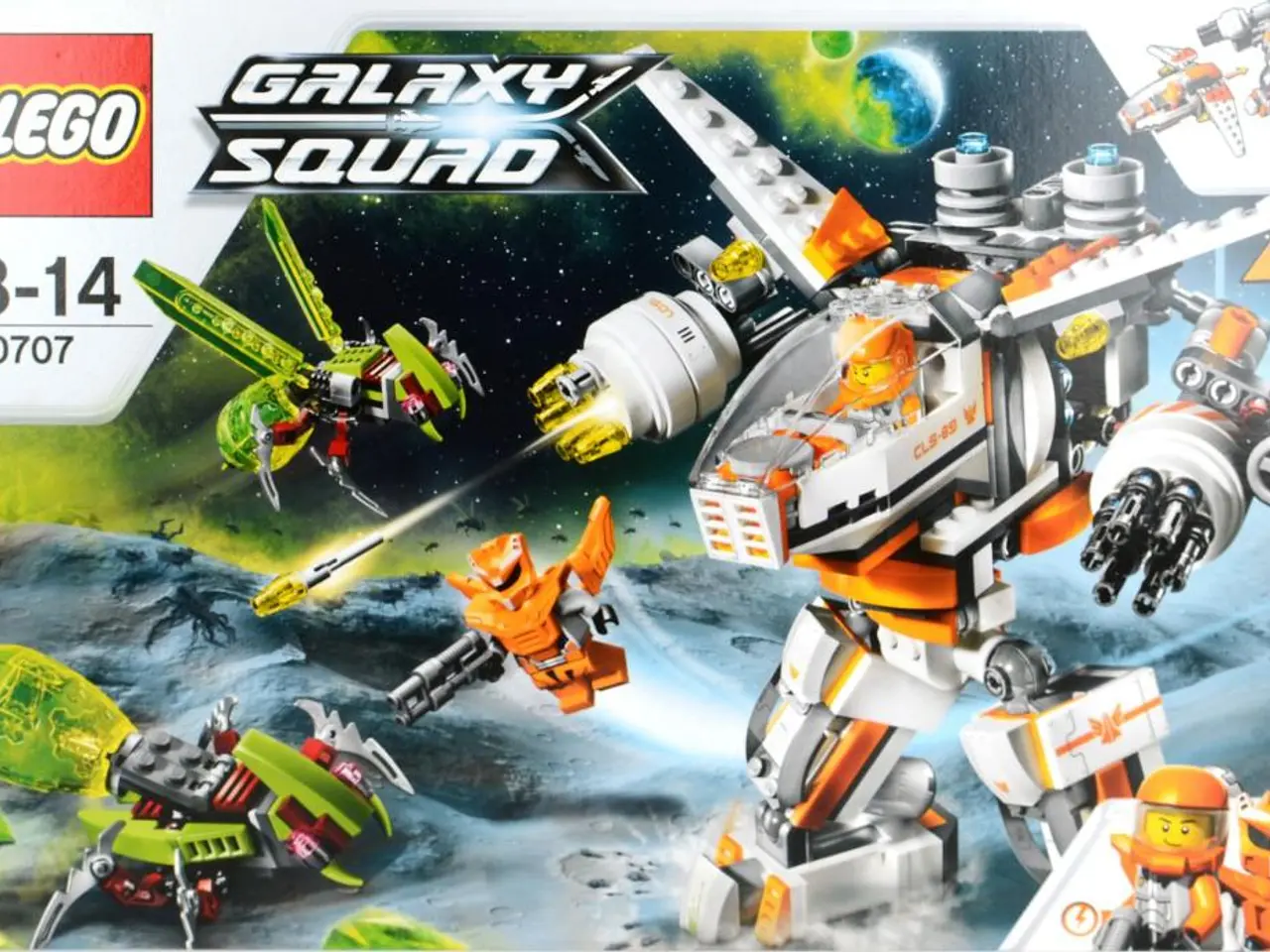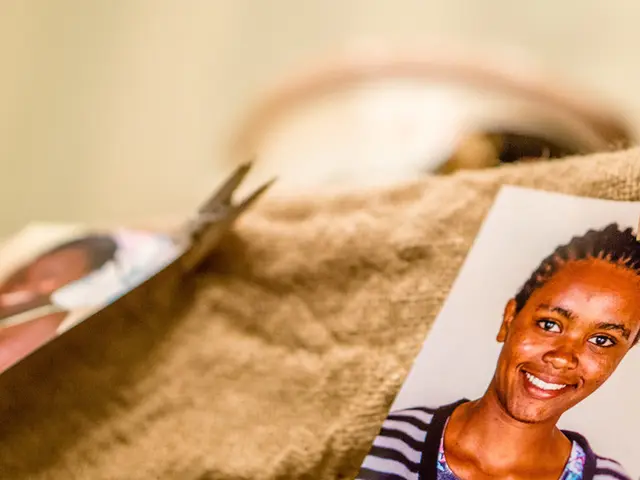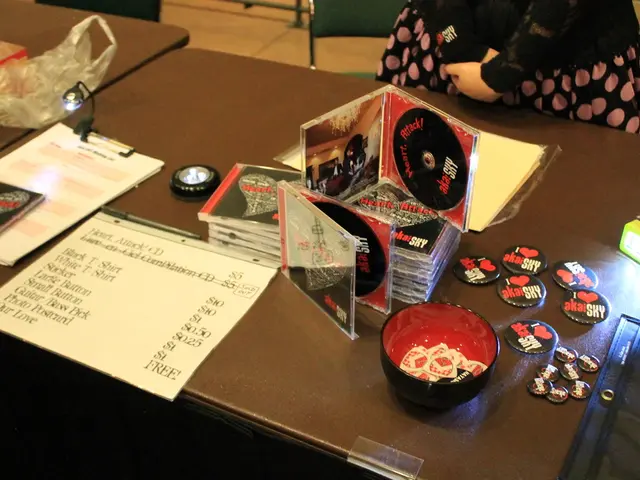AI Technology's Boom in Appeal Among Baby Boomers
In the world of entertainment, the boundaries between reality and digital artistry are becoming increasingly blurred, as celebrities and older individuals embrace the use of Artificial Intelligence (AI) to extend their performances beyond physical constraints.
Rod Stewart, aged 80, is one such celebrity who has incorporated AI into his current US tour, projecting a video of the late rapper XXXTentacion alongside deceased musicians such as Ozzy Osbourne, Kurt Cobain, Amy Winehouse, and Michael Jackson. These musicians appear to be on a cloud, holding phones on selfie sticks and moving in a way that suggests they are AI-generated videos.
Elon Musk, a well-known AI enthusiast, has also shown interest in the technology, using it to create AI-generated images of himself in various altered forms. Similarly, Busta Rhymes has utilised AI for his Glastonbury stage visuals and a recent music video.
The use of AI in entertainment extends beyond mere visual effects. Companies like Hollo and Realbotix are creating AI digital replicas of deceased celebrities, such as Suzanne Somers and George Michael, to resurrect their likeness and integrate them in new media projects. This transformation of legacies into ongoing enterprises is made possible by the advanced capabilities of AI.
AI tools are also being employed to de-age or age actors for roles, as seen with Netflix Mexico's Pedro Páramo and earlier with The Irishman. This not only enhances visual effects but also reduces cost and complexity compared to older methods.
In addition, AI-generated virtual actors can speak, emotively perform, and improvise, effectively acting as digital performers. These digital avatars can overcome scheduling conflicts, reduce costs, or resurrect famous faces from the past.
Voice cloning and synthesis are other key uses of AI in entertainment. These technologies allow for the replication of authentic celebrity voices for multilingual script delivery, dubbing, and endorsements, enhancing the fidelity and global reach of performances.
New laws, such as California’s A.B. 1836 in 2025, have expanded post-mortem rights to cover these AI-generated digital likenesses, enabling estates to control and monetize these AI personas and protect against unauthorized deepfakes.
However, celebrities and creators approach AI cautiously, emphasising the irreplaceable role of human creativity. Platforms like Akool offer enterprise-grade tools with hyper-realistic avatar generation, real-time voice modulation, and collaborative editing suites, supporting large-scale, multilingual productions involving celebrity AI avatars.
The use of AI in entertainment is not limited to the young. Tony Blair, a former British Prime Minister, is among the older individuals who are interested in AI's potential to transform government. Big John, a TikTok sensation, has even created an AI-generated image of his face as sweets in a packet of "Haribosh."
AI is reshaping traditional entertainment, raising legal and ethical questions, but also expanding creative possibilities. As the technology continues to evolve, it is likely that we will see even more innovative uses of AI in entertainment.
[1] Source: www.forbes.com/sites/bernardmarr/2021/03/16/the-rise-of-celebrity-ai-avatars-and-the-transformative-impact-on-the-entertainment-industry/?sh=72e0c8227645 [2] Source: www.wired.com/story/ai-deaging-the-irishman-netflix-pedro-paramo/ [3] Source: www.hollywoodreporter.com/news/hollywood-reporter-next-issue-celebrity-ai-avatars-1235038554/ [4] Source: www.cnbc.com/2021/03/16/celebrity-ai-avatars-are-coming-to-a-screen-near-you.html [5] Source: www.akool.ai/
- Rod Stewart, Busta Rhymes, and Elon Musk are some celebrities who have incorporated AI technology into their performances, creating a blend of reality and digital artistry in the world of entertainment.
- Companies like Hollo and Realbotix are developing AI digital replicas of deceased celebrities, such as Suzanne Somers and George Michael, enabling the continued integration of these celebrities in new media projects.
- AI tools are being employed to de-age or age actors for roles, and are also capable of creating digital avatars that can speak, emotively perform, and improvise, acting as digital performers for entertainment purposes.




